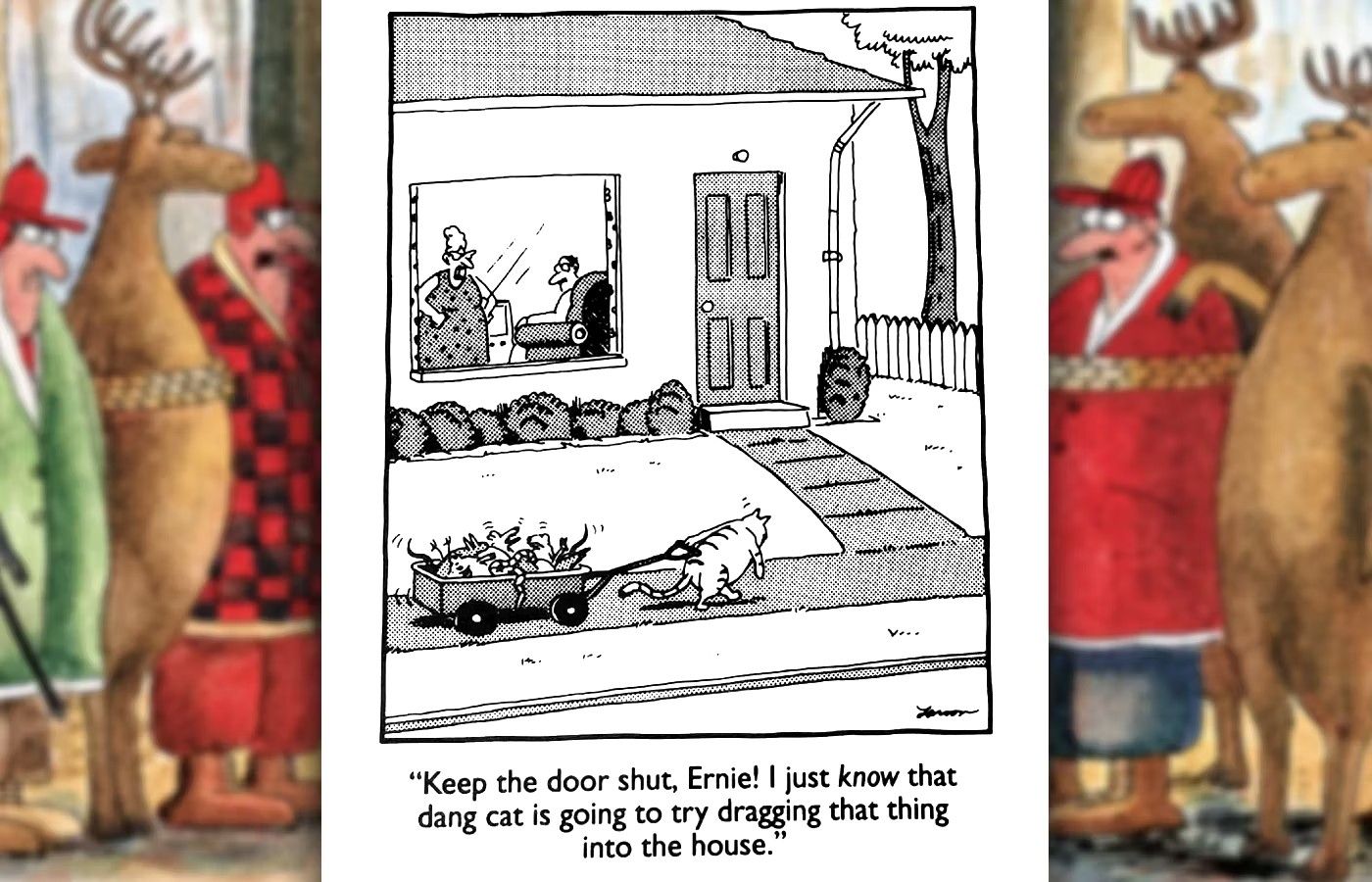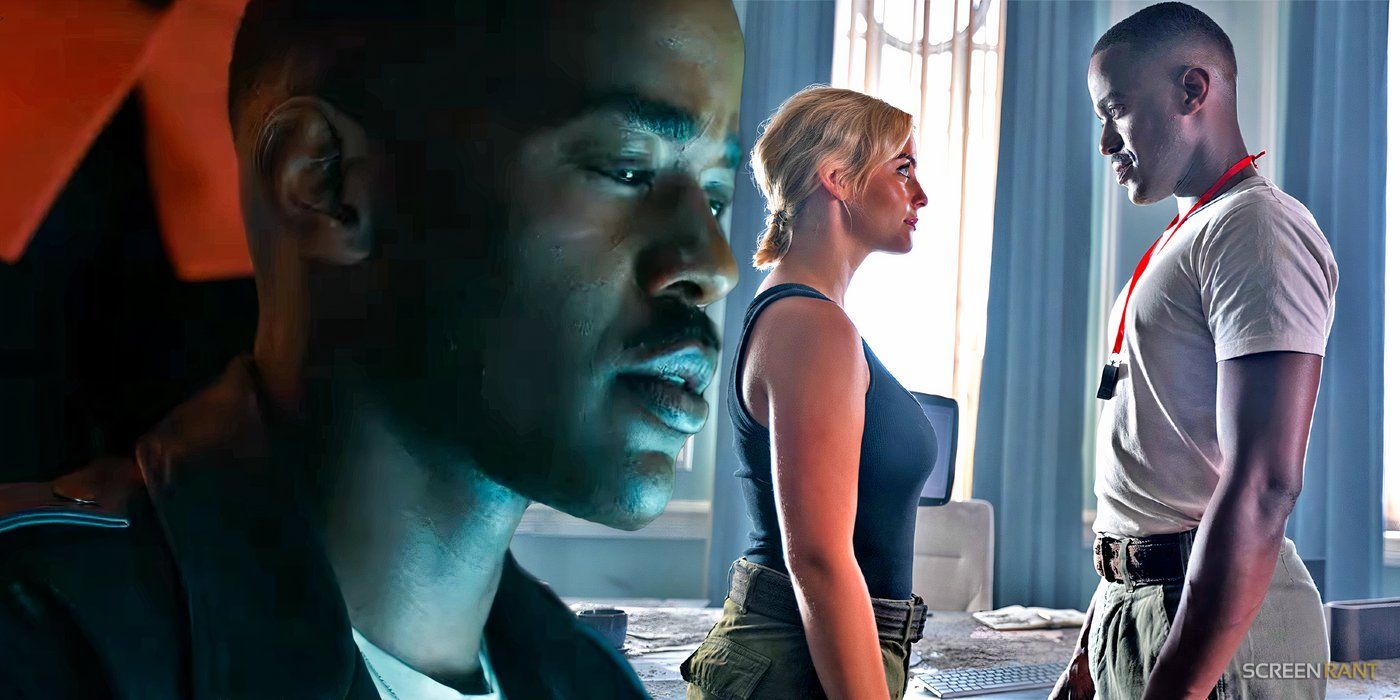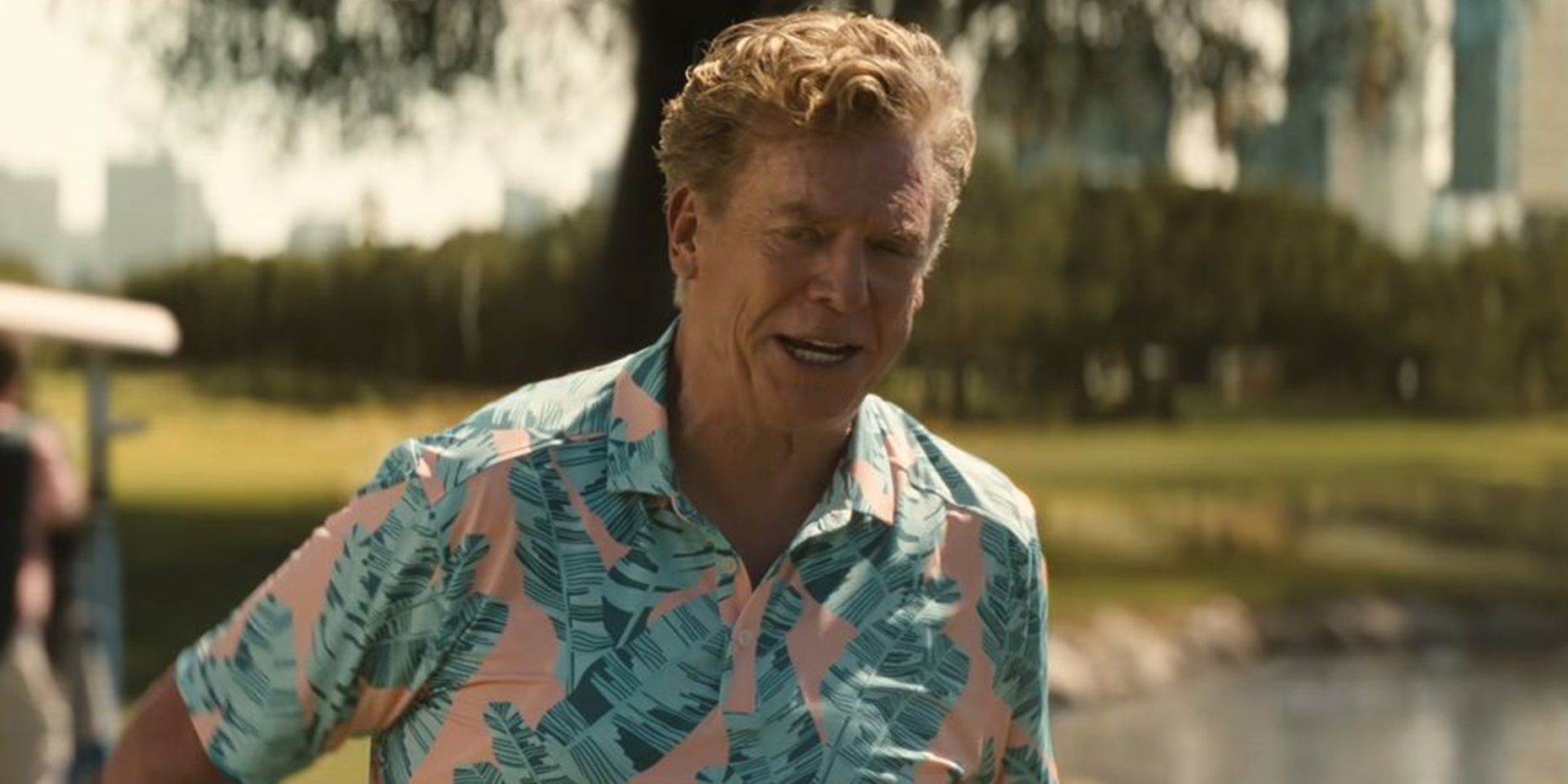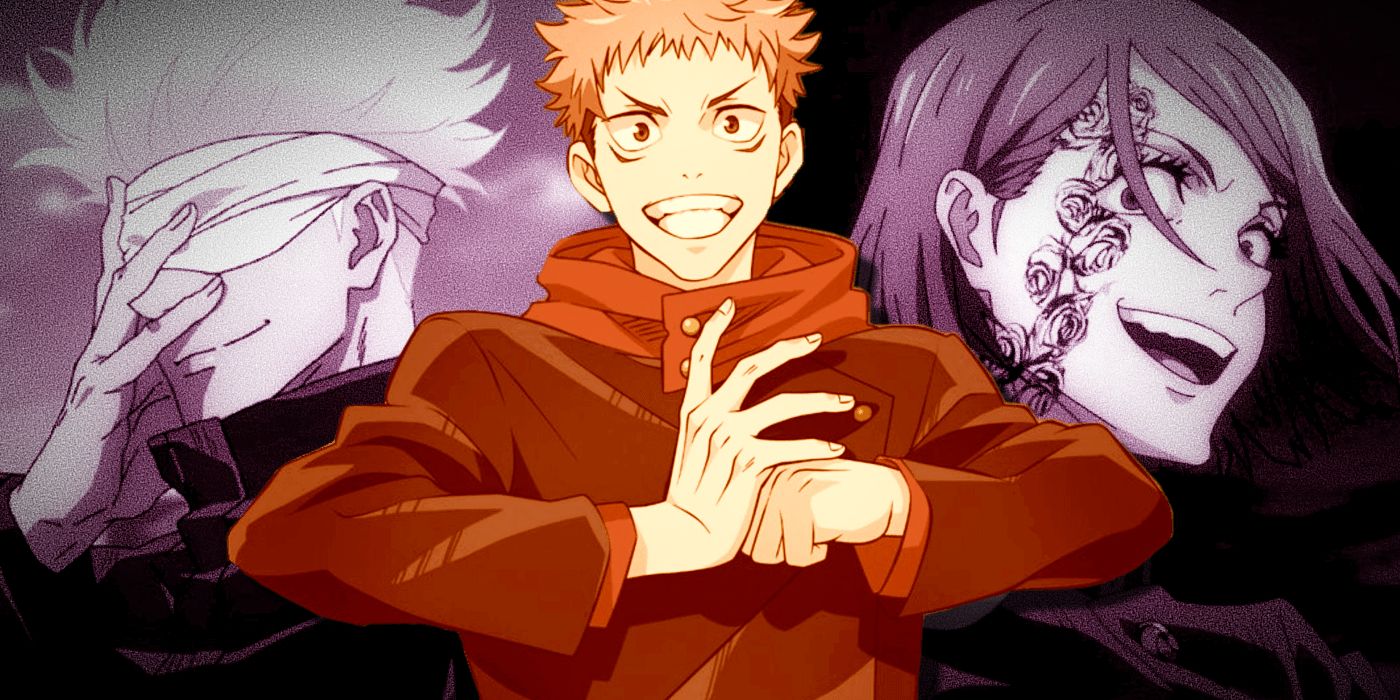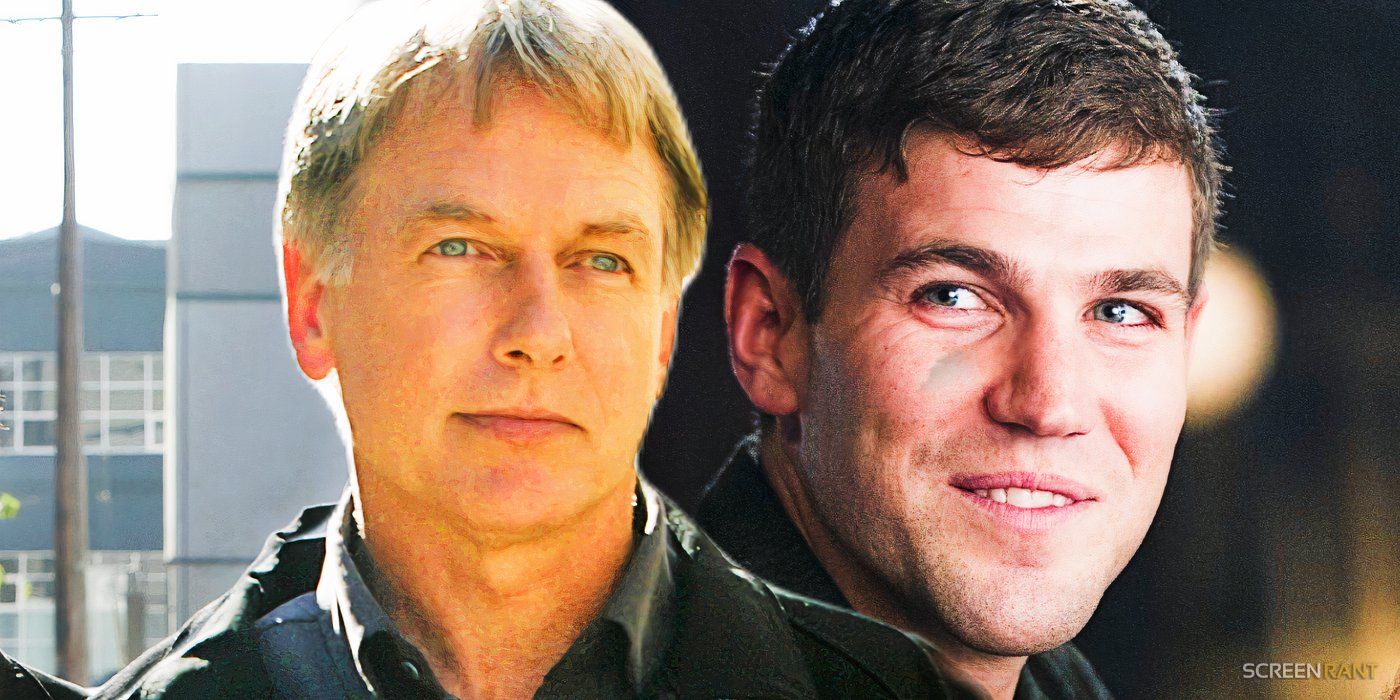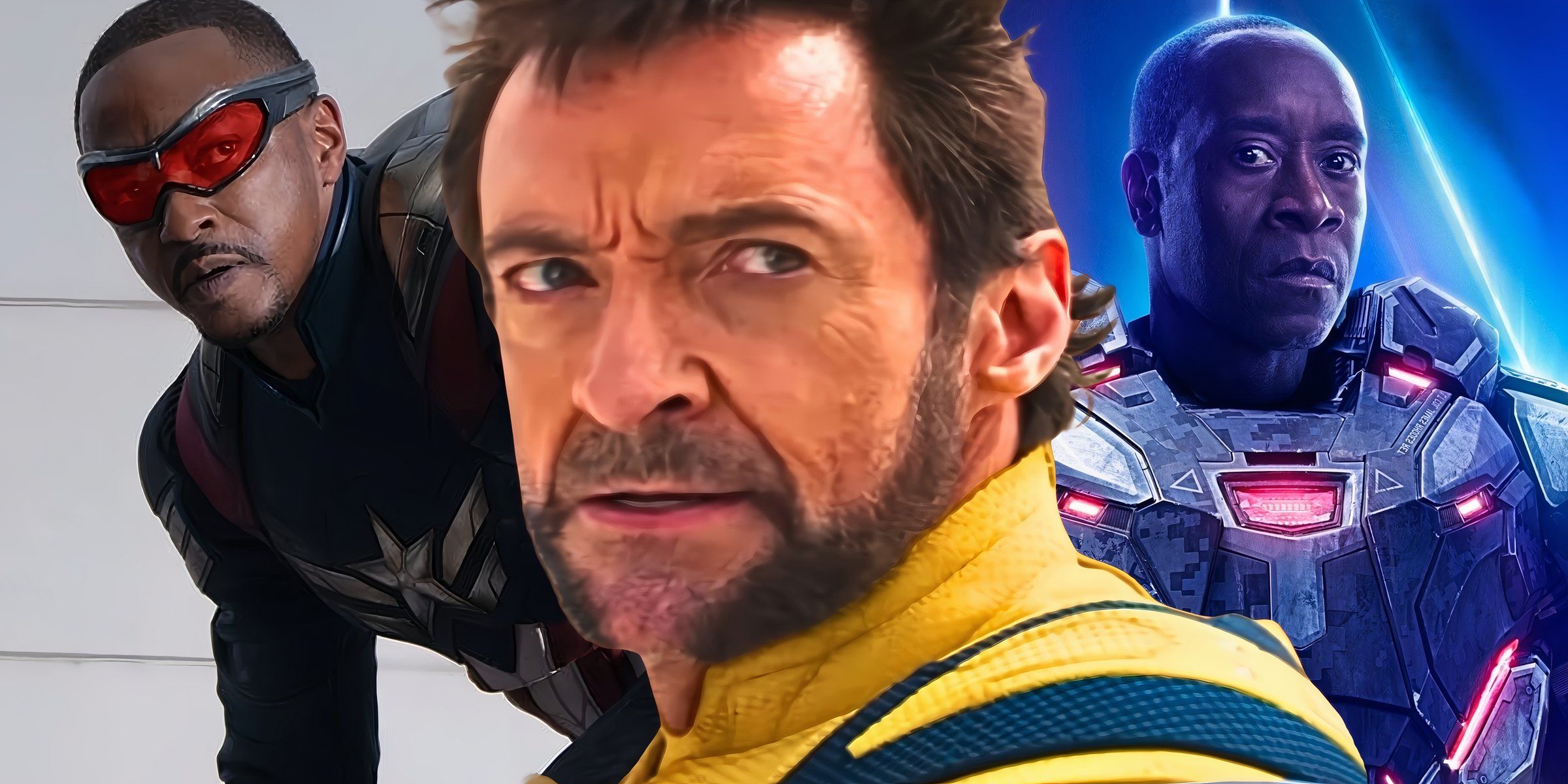1984’s Dune sandworm riding scene gets surprisingly positive reviews from VFX artists. Before there were the Villeneuve Dune films, David Lynch directed an infamous version of Dune back in 1984. Unlike the stark landscape that populates Villeneuve’s Arrakis, Lynch’s Dune uses bright colors and lavish settings and costumes that makes the film a more campy adaptation of the Frank Herbert novel when compared with the 21st century Dune duology. Still, the Dune films include a number of similar
elements.
Tackling one such familiar element, the Corridor Crew analyzes a the VFX of a key scene from Lynch’s Dune: the sandworm riding scene. The Corridor Crew found the sandworm riding overall impressive, guessing at how the scene would have been created. They called the scene “dope” and “not that bad.” One of them said that he doesn’t “have problems with the VFX, it’s the filmmaking choices.” The VFX professionals deemed other moments far less professional, including a goofy shot of clearly miniature Paul mounting the worm. Check out some quotes from the Corridor Crew below:
– How’d they do that?– A miniature going up in front of the camera maybe.– Because he’s pretty well blended in there and then the front of it [the sandworm] comes up and over.– Is that a puppet?– That might be a puppet.
– It’s a doll!-I think you’re looking at a shot that was originally a comp shot with another comp shot being put on top of it with the front of the worm coming up.
– It’s just silly man.– I would say I don’t have a problem with the VFX, it’s the filmmaking choices that I have problems with.– It takes a certain kind of filmmaking to do kineticism, and to do action and movement, and to feel like things are fast, just like understanding like ‘oh, our camera should shake at this rate.’ There’s a lot of cool artsy things in this, and I love that, like the wacky sci-fi stuff. I think David Lynch brings a lot of that to the table. He is a fantastic director. But stuff like this, just doesn’t quite hit sometimes.
How The 1984 Dune Sandworm Riding Scene Compares With Now
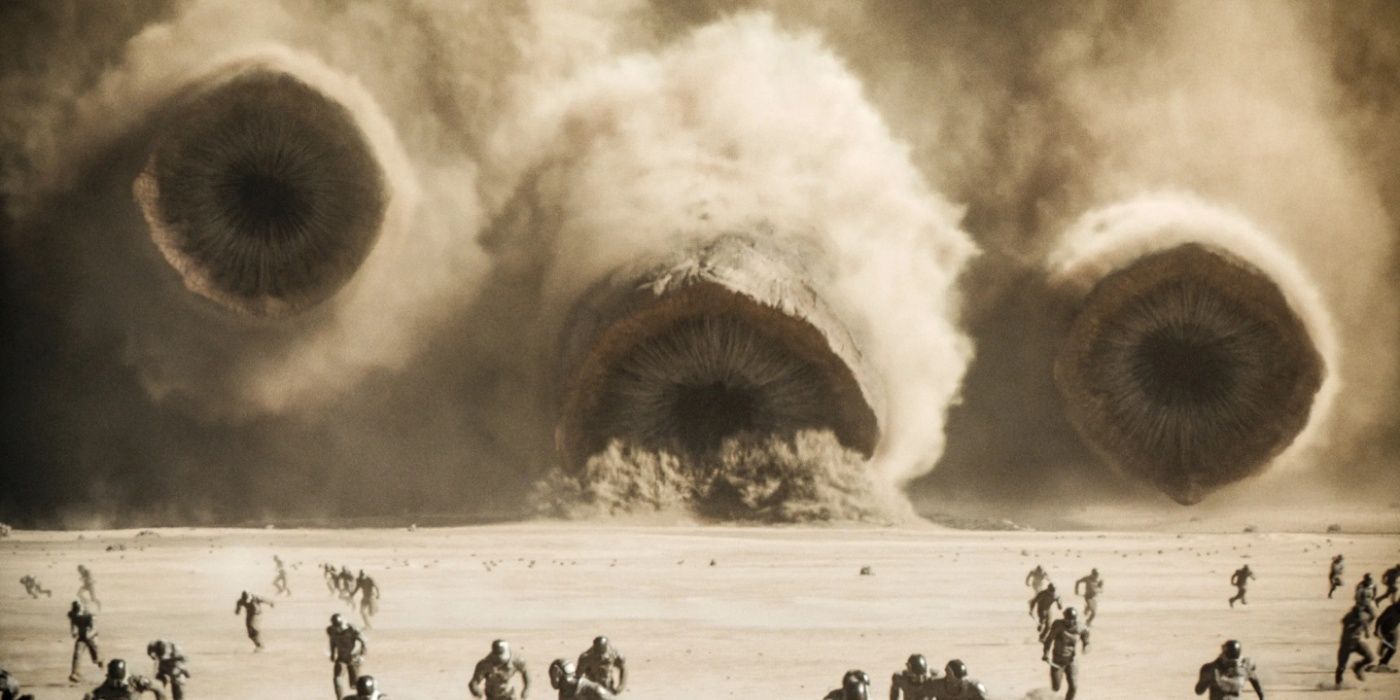
The principal dividing line between 1984’s Dune and Dune: Part Two is witnessed through the differences in technology. As the sandworm emerges from the sands of Arrakis, its tendril-like teeth look goofy in the Lynch version. Equipped with far better CGI tools, Villeneuve’s sandworm is far more menacing, with a mouth that looks well-armed to swallow up an unsuspecting Fremen.
This technological difference greatly impacts the scale of the sandworm scenes. While miniatures and puppets are used to dwarf Paul in the Lynch Dune, there is still something insignificant about the sandworm as a beast in this movie. In both Dune (2021) and Dune: Part Two, the sandworm scenes emphasize the vastness of the monster. It is as if, emerging from the sand, the sandworm is nearly infinite, with just its jarring jowls visible to the audience.
The Corridor Crew also makes a good point in breaking down the difference between a VFX flaw and a filmmaking flaw. While Lynch is an auteur director who is well-versed in portraying the surreal, he does not have nearly the same gravitas as Lynch when it comes to large-scale sci-fi. Even before breaking out with Dune, Villeneuve helmed epic films such as Arrival and Blade Runner: 2049. Projects like these gave rise to the superstar director that Villeneuve is today, leading him to direct the impeccable sandworm scenes in the modern Dune films.
Source: Corridor Crew / YouTube
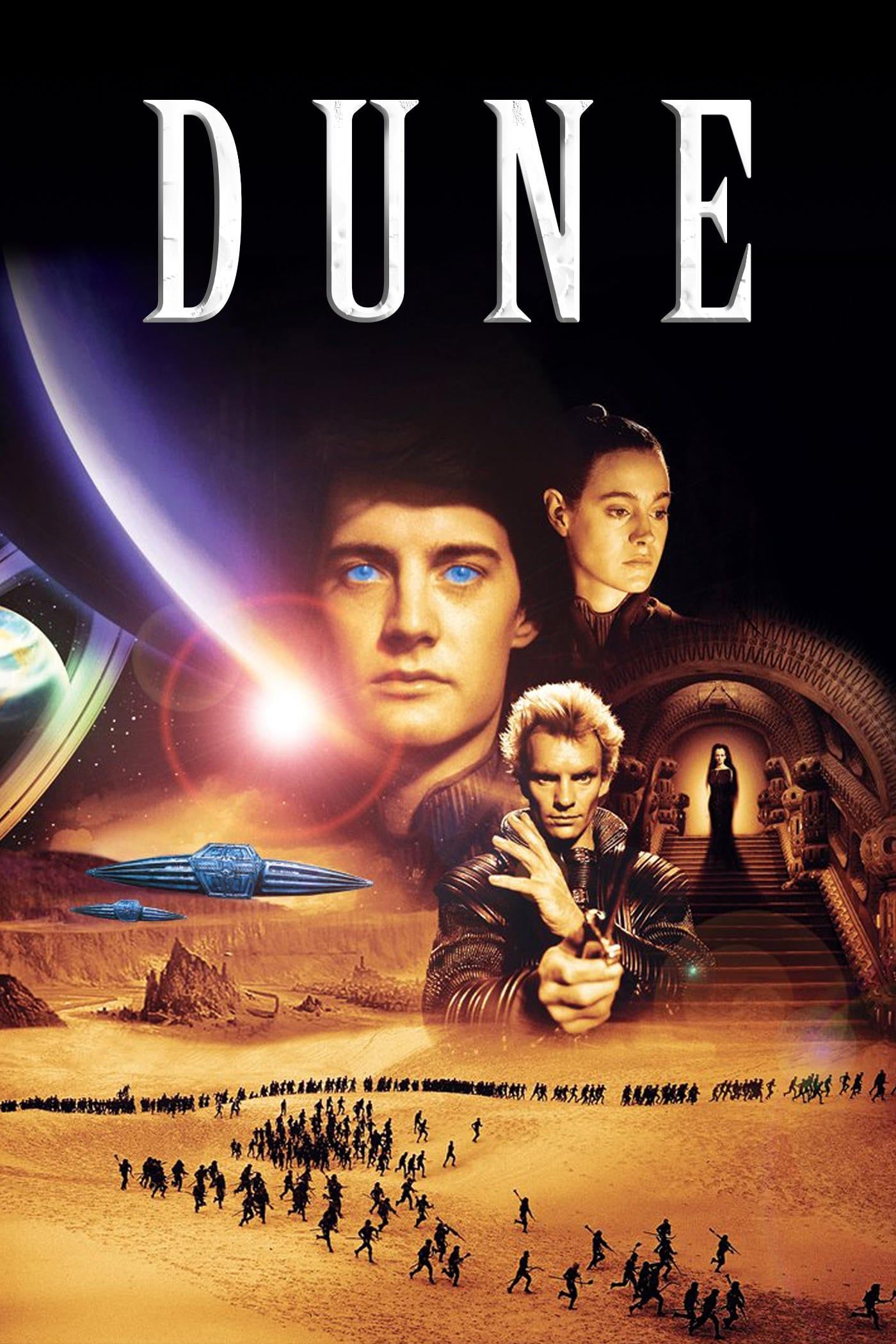
Dune (1984)
In a distant future ruled by intrigue, power, and the coveted spice melange, House Atreides faces betrayal on the desert planet Arrakis. Led by young Paul Atreides, they forge an alliance with the native Fremen, preparing for a showdown against their enemies. As Paul’s destiny unfolds, he discovers his extraordinary abilities and leads a daring rebellion against the Emperor and his forces. In this epic tale of survival and prophecy, Paul emerges as a transformative figure amidst the shifting sands of Arrakis.
- Director
-
David Lynch
- Release Date
-
December 14, 1984
- Studio(s)
-
Universal Pictures
- Writers
-
David Lynch
- Cast
-
Kyle MacLachlan
, Francesca Annis
, Brad Dourif
, Richard Jordan
, sting
, Virginia Madsen
, Everett McGill
, Patrick Stewart
, Kenneth McMillan
, Jurgen Prochnow
, Sean Young - Runtime
-
137 Mins
